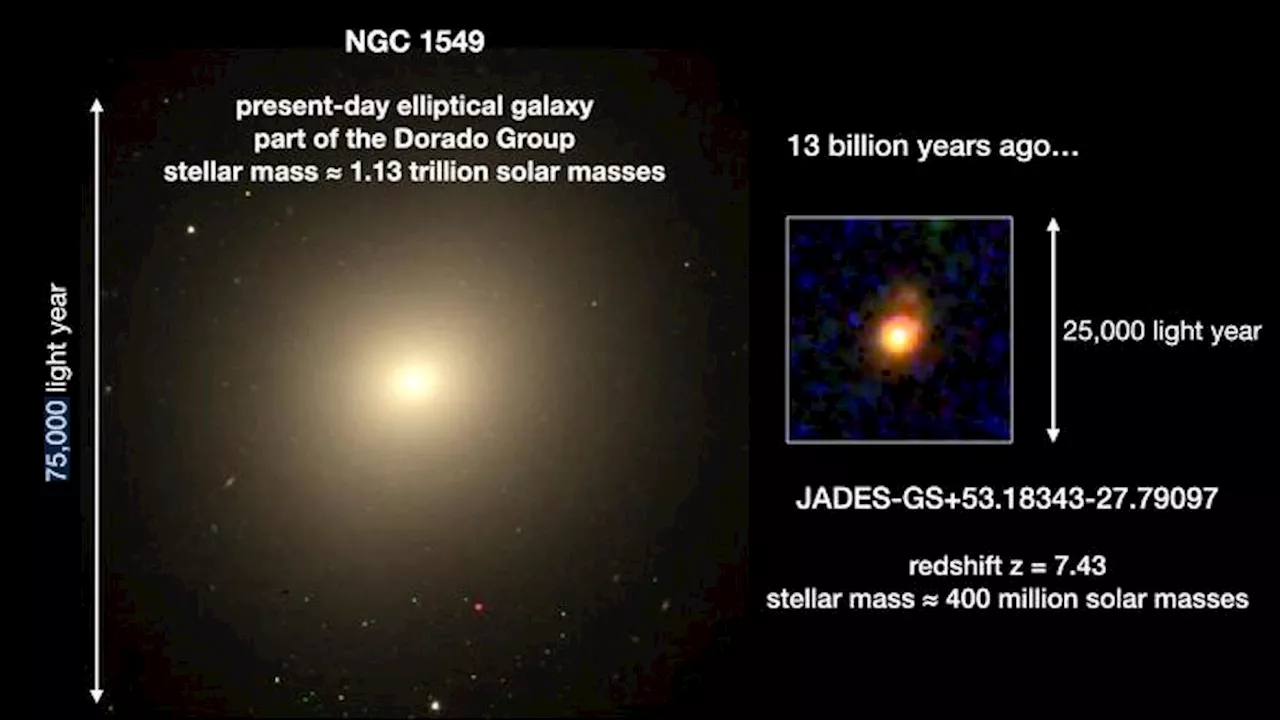Conor Feehly is a New Zealand-based science writer. He has earned a master's in science communication from the University of Otago, Dunedin. His writing has appeared in Cosmos Magazine, Discover Magazine and ScienceAlert.
Jam packed issues filled with the latest cutting-edge research, technology and theories delivered in an entertaining and visually stunning way, aiming to educate and inspire readers of all agesAstronomers have used the James Webb Space Telescope to observe the ‘inside-out’ growth of a galaxy in the early universe, only 700 million years after the Big Bang.Galaxies in the universe today have come a long way from the first structures that emerged after the Big Bang.
Using Webb's data, the researchers were able to estimate the ratio of young stars to older stars, which they then converted into an average stellar mass and formation rate.
United States Latest News, United States Headlines
Similar News:You can also read news stories similar to this one that we have collected from other news sources.
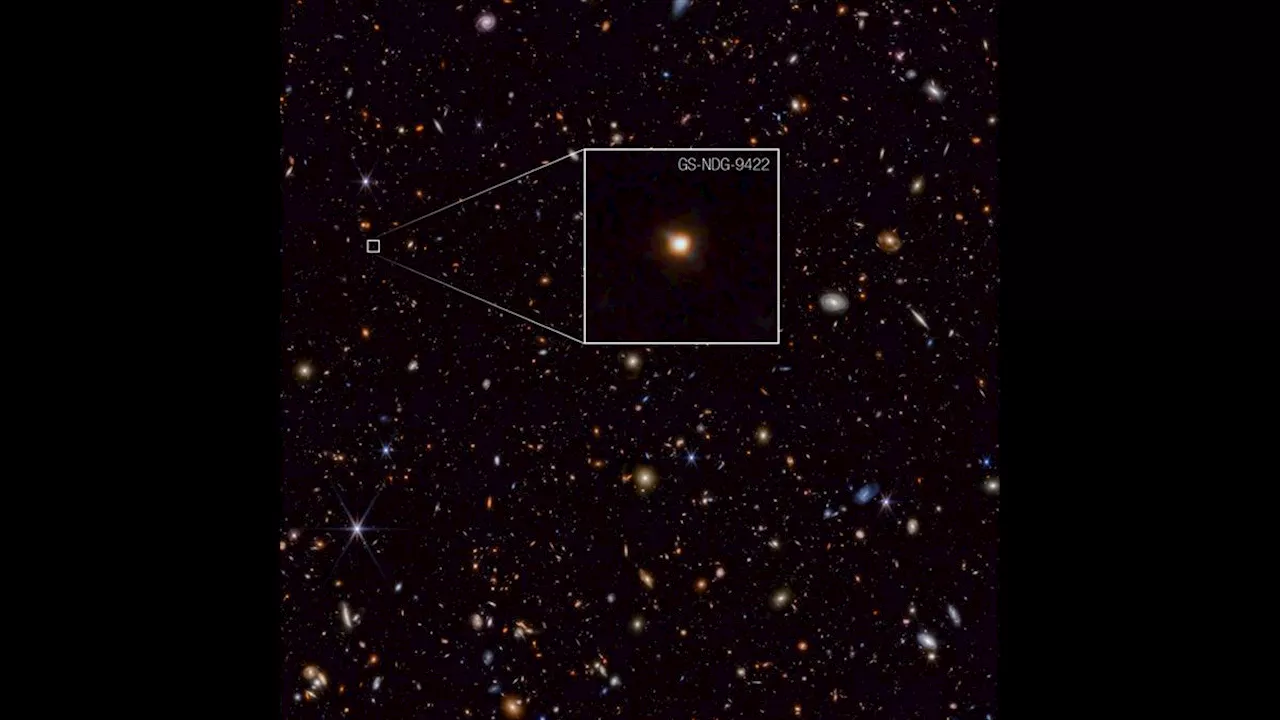 'That's weird': James Webb Space Telescope spies a strange galaxy outshining its starsSharmila Kuthunur is a Seattle-based science journalist covering astronomy, astrophysics and space exploration. Follow her on X skuthunur.
'That's weird': James Webb Space Telescope spies a strange galaxy outshining its starsSharmila Kuthunur is a Seattle-based science journalist covering astronomy, astrophysics and space exploration. Follow her on X skuthunur.
Read more »
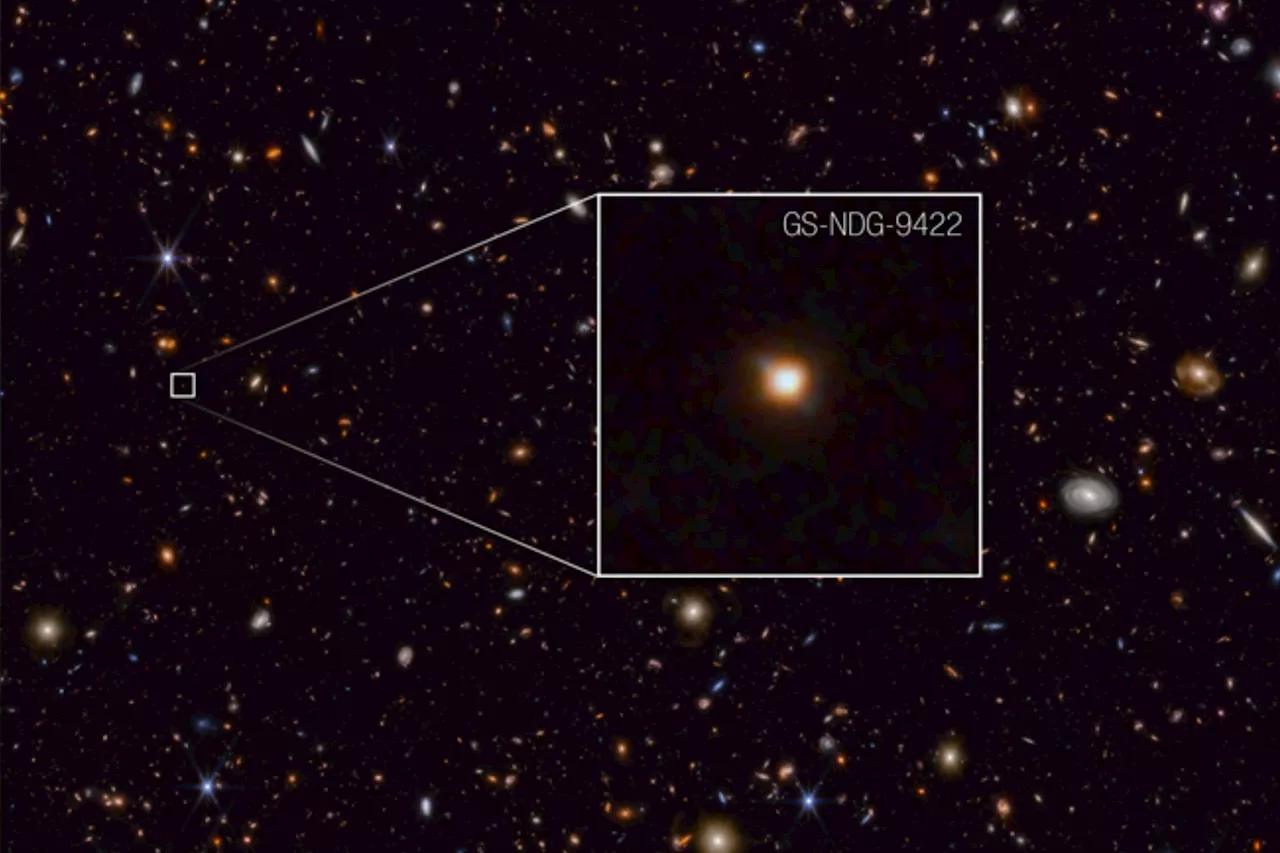 'Weird' Ancient Galaxy Discovered by James Webb Space TelescopeThe gas clouds of galaxy GS-NDG-9422 have been observed shining brighter than its stars, something which is very rare, astronomers say.
'Weird' Ancient Galaxy Discovered by James Webb Space TelescopeThe gas clouds of galaxy GS-NDG-9422 have been observed shining brighter than its stars, something which is very rare, astronomers say.
Read more »
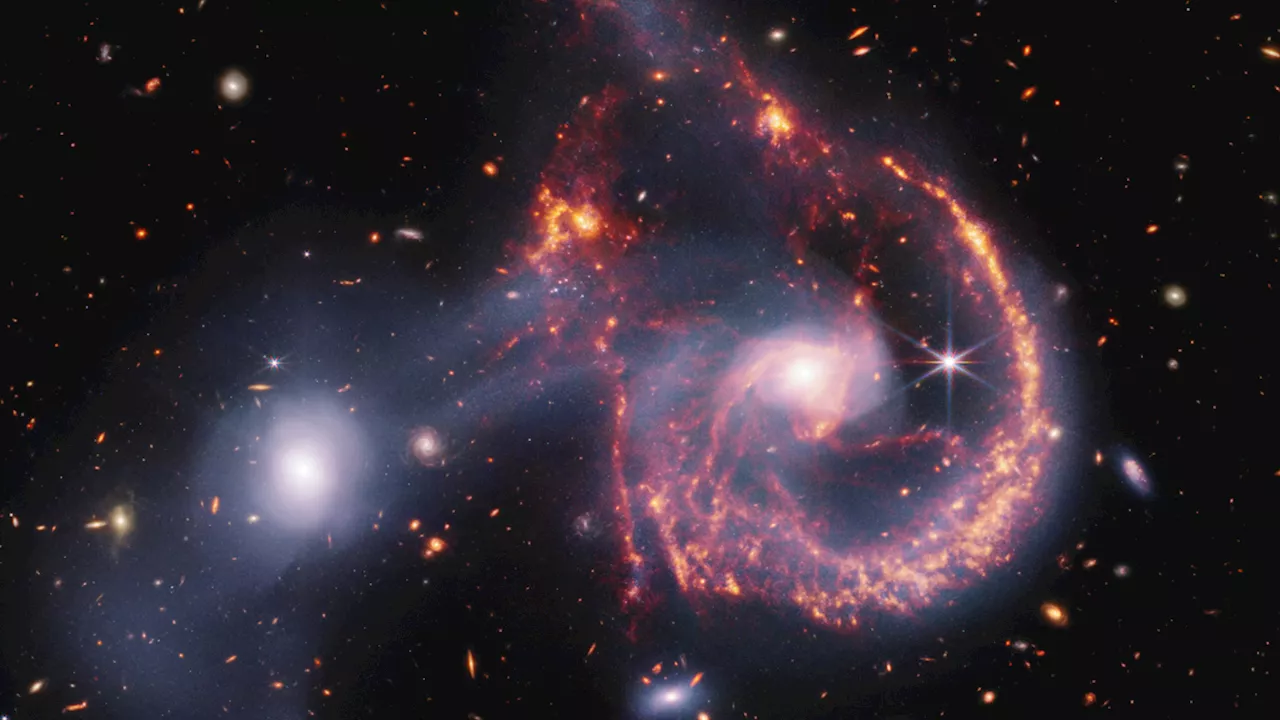 James Webb Space Telescope witnesses a 'smiling' galactic collision (images)Robert Lea is a science journalist in the U.K. whose articles have been published in Physics World, New Scientist, Astronomy Magazine, All About Space, Newsweek and ZME Science. He also writes about science communication for Elsevier and the European Journal of Physics. Rob holds a bachelor of science degree in physics and astronomy from the U.K.
James Webb Space Telescope witnesses a 'smiling' galactic collision (images)Robert Lea is a science journalist in the U.K. whose articles have been published in Physics World, New Scientist, Astronomy Magazine, All About Space, Newsweek and ZME Science. He also writes about science communication for Elsevier and the European Journal of Physics. Rob holds a bachelor of science degree in physics and astronomy from the U.K.
Read more »
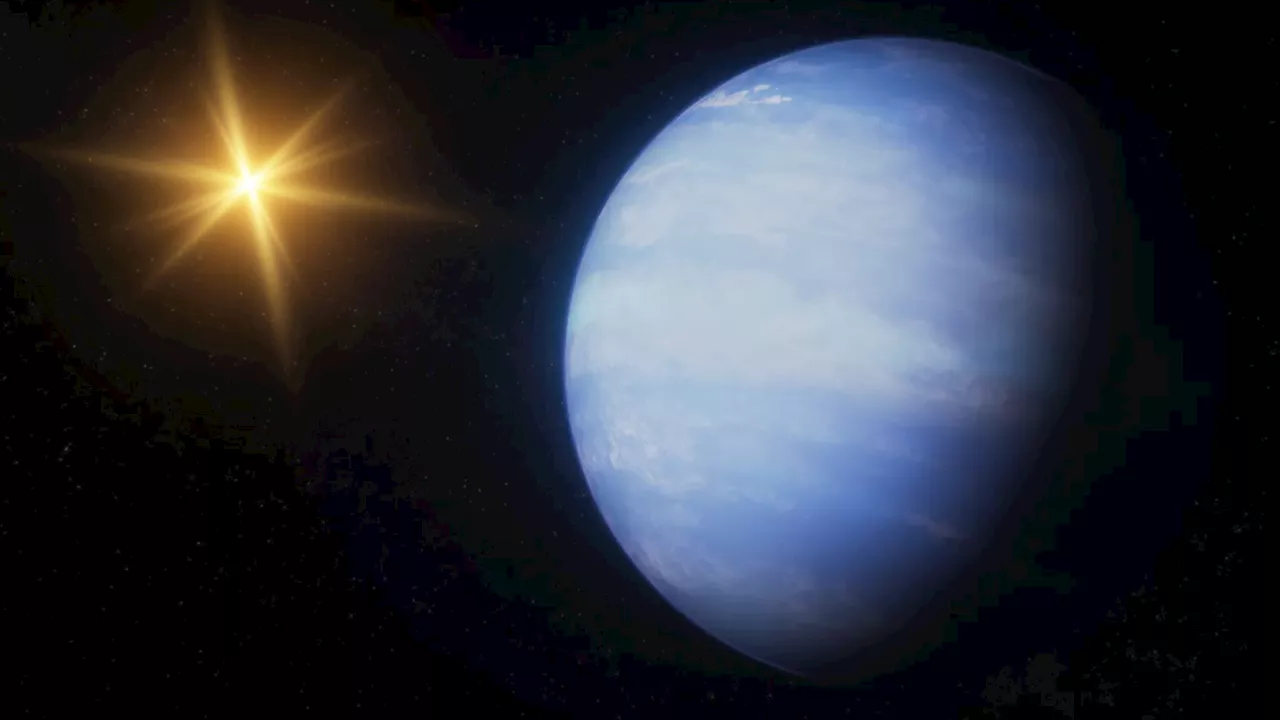 James Webb Space Telescope finds 'puffball' exoplanet is uniquely lopsidedRobert Lea is a science journalist in the U.K. whose articles have been published in Physics World, New Scientist, Astronomy Magazine, All About Space, Newsweek and ZME Science. He also writes about science communication for Elsevier and the European Journal of Physics. Rob holds a bachelor of science degree in physics and astronomy from the U.K.
James Webb Space Telescope finds 'puffball' exoplanet is uniquely lopsidedRobert Lea is a science journalist in the U.K. whose articles have been published in Physics World, New Scientist, Astronomy Magazine, All About Space, Newsweek and ZME Science. He also writes about science communication for Elsevier and the European Journal of Physics. Rob holds a bachelor of science degree in physics and astronomy from the U.K.
Read more »
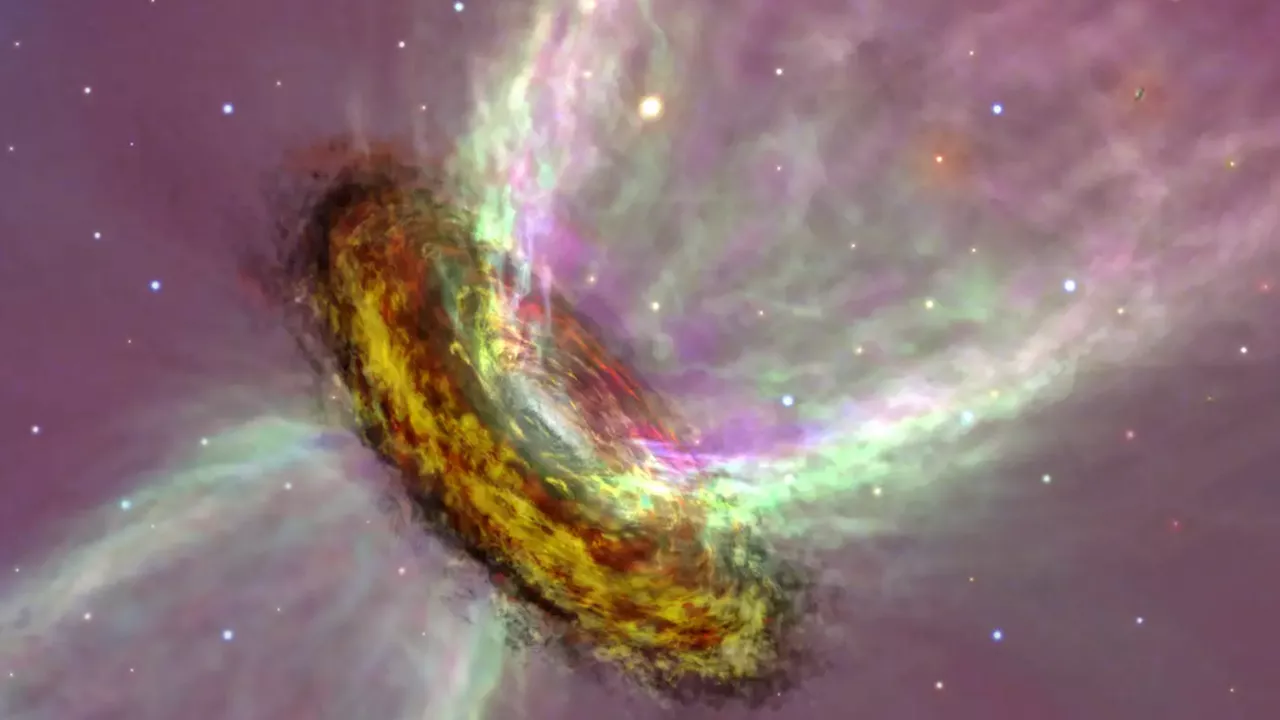 James Webb Space Telescope studies dusty 'pancakes' feeding baby stars and birthing planetsRobert Lea is a science journalist in the U.K. whose articles have been published in Physics World, New Scientist, Astronomy Magazine, All About Space, Newsweek and ZME Science. He also writes about science communication for Elsevier and the European Journal of Physics. Rob holds a bachelor of science degree in physics and astronomy from the U.K.
James Webb Space Telescope studies dusty 'pancakes' feeding baby stars and birthing planetsRobert Lea is a science journalist in the U.K. whose articles have been published in Physics World, New Scientist, Astronomy Magazine, All About Space, Newsweek and ZME Science. He also writes about science communication for Elsevier and the European Journal of Physics. Rob holds a bachelor of science degree in physics and astronomy from the U.K.
Read more »
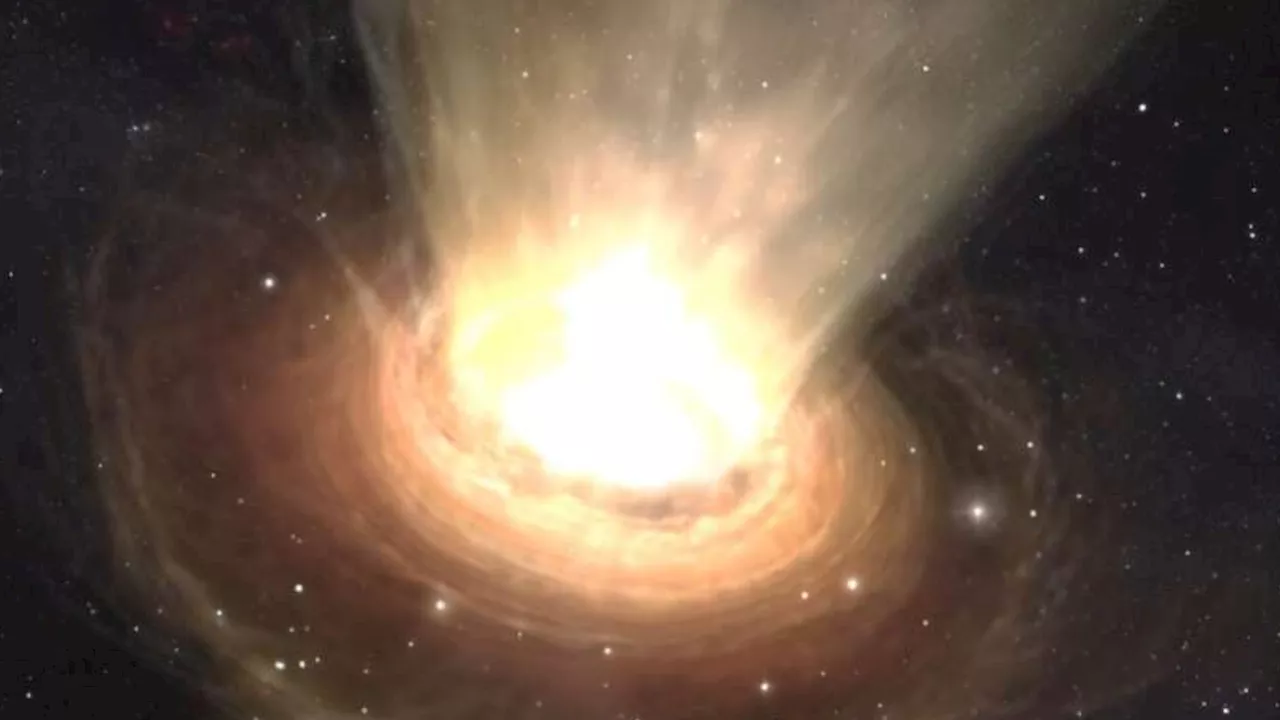 Ancient supermassive black hole is blowing galaxy-killing wind, James Webb Space Telescope findsRobert Lea is a science journalist in the U.K. whose articles have been published in Physics World, New Scientist, Astronomy Magazine, All About Space, Newsweek and ZME Science. He also writes about science communication for Elsevier and the European Journal of Physics. Rob holds a bachelor of science degree in physics and astronomy from the U.K.
Ancient supermassive black hole is blowing galaxy-killing wind, James Webb Space Telescope findsRobert Lea is a science journalist in the U.K. whose articles have been published in Physics World, New Scientist, Astronomy Magazine, All About Space, Newsweek and ZME Science. He also writes about science communication for Elsevier and the European Journal of Physics. Rob holds a bachelor of science degree in physics and astronomy from the U.K.
Read more »
